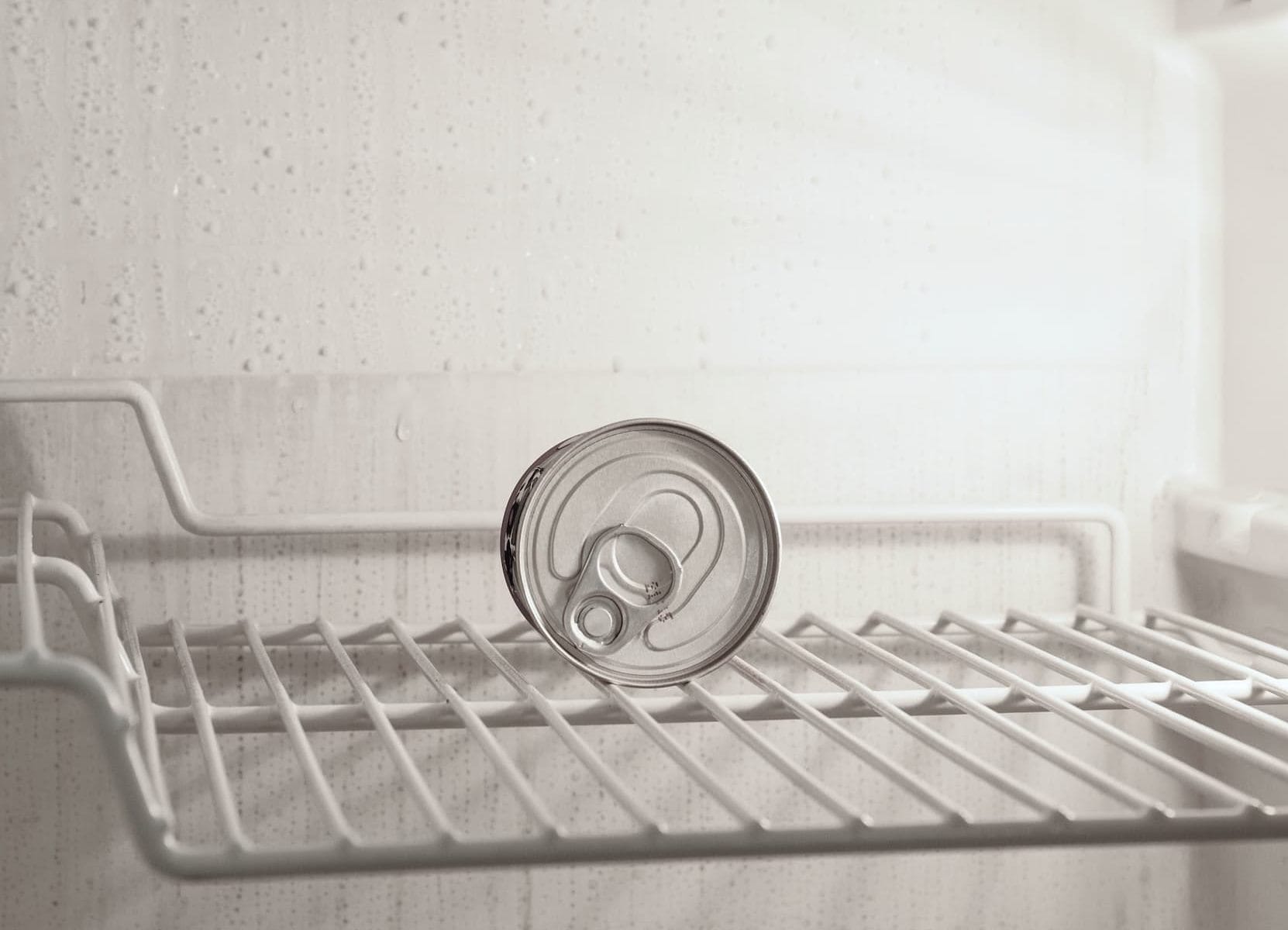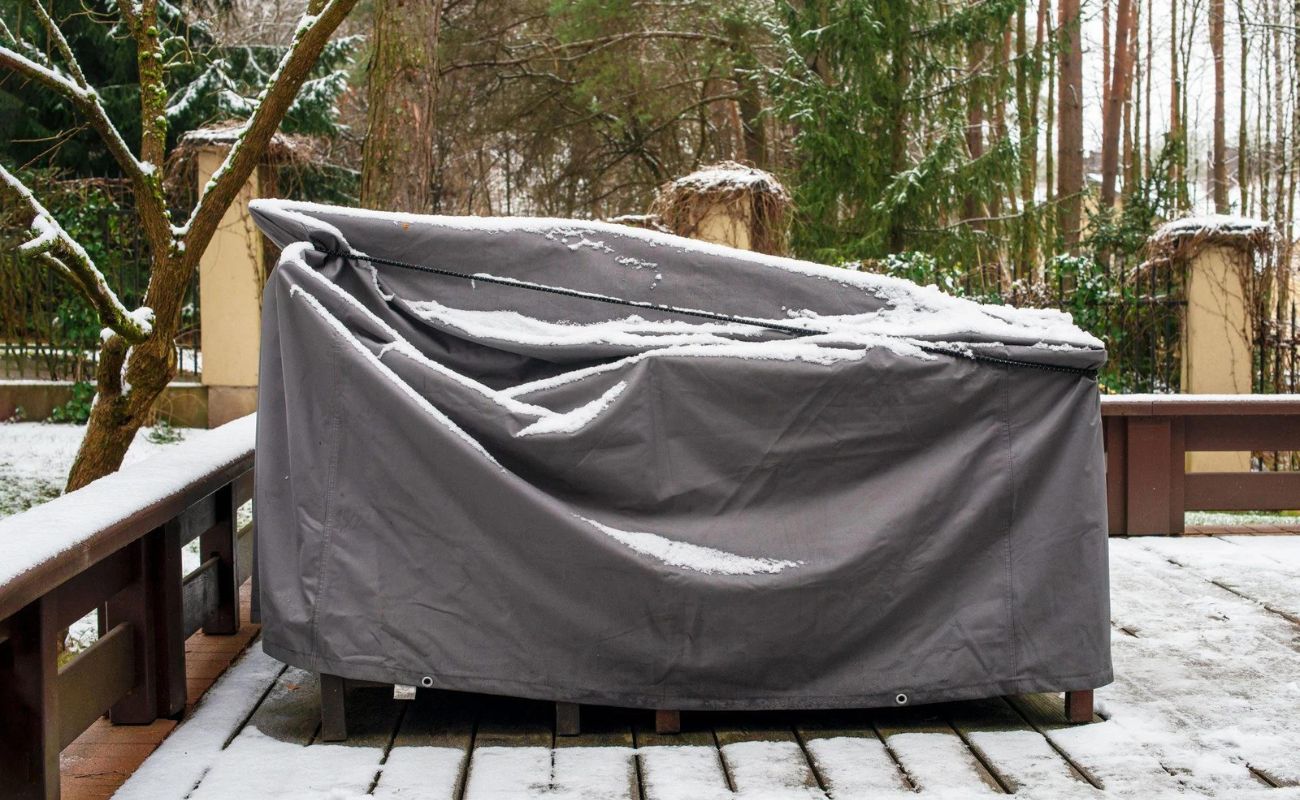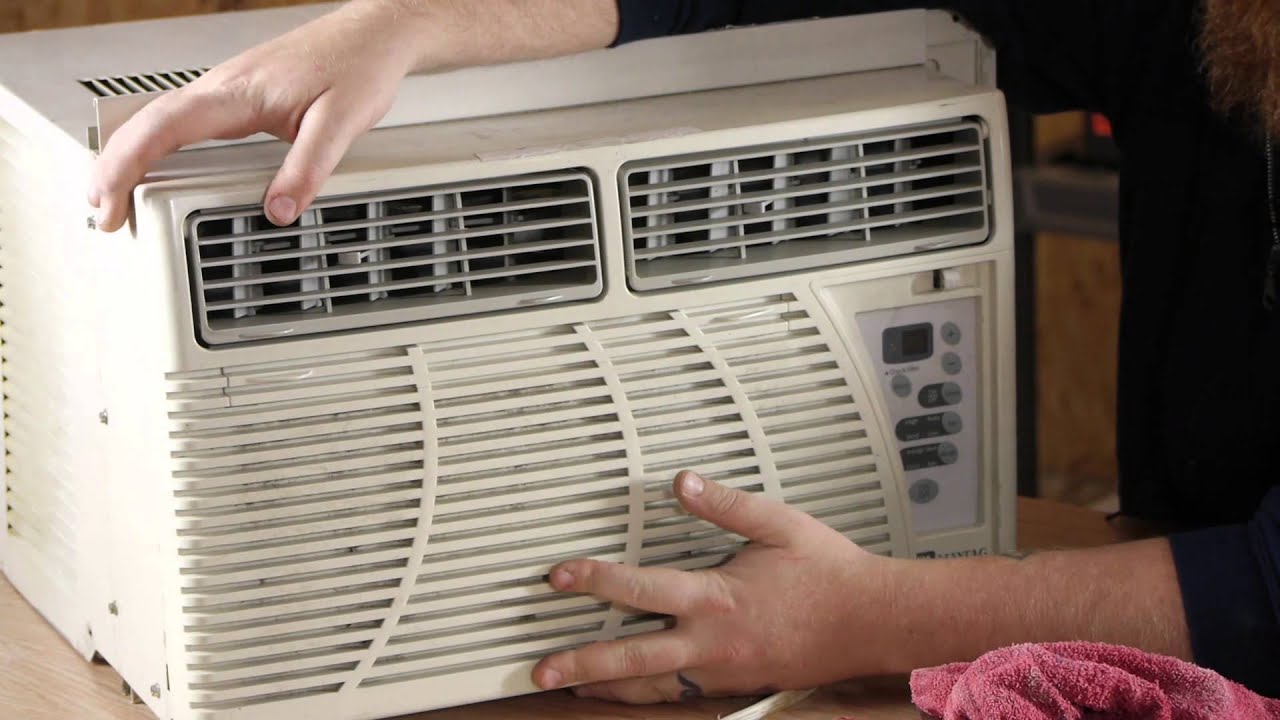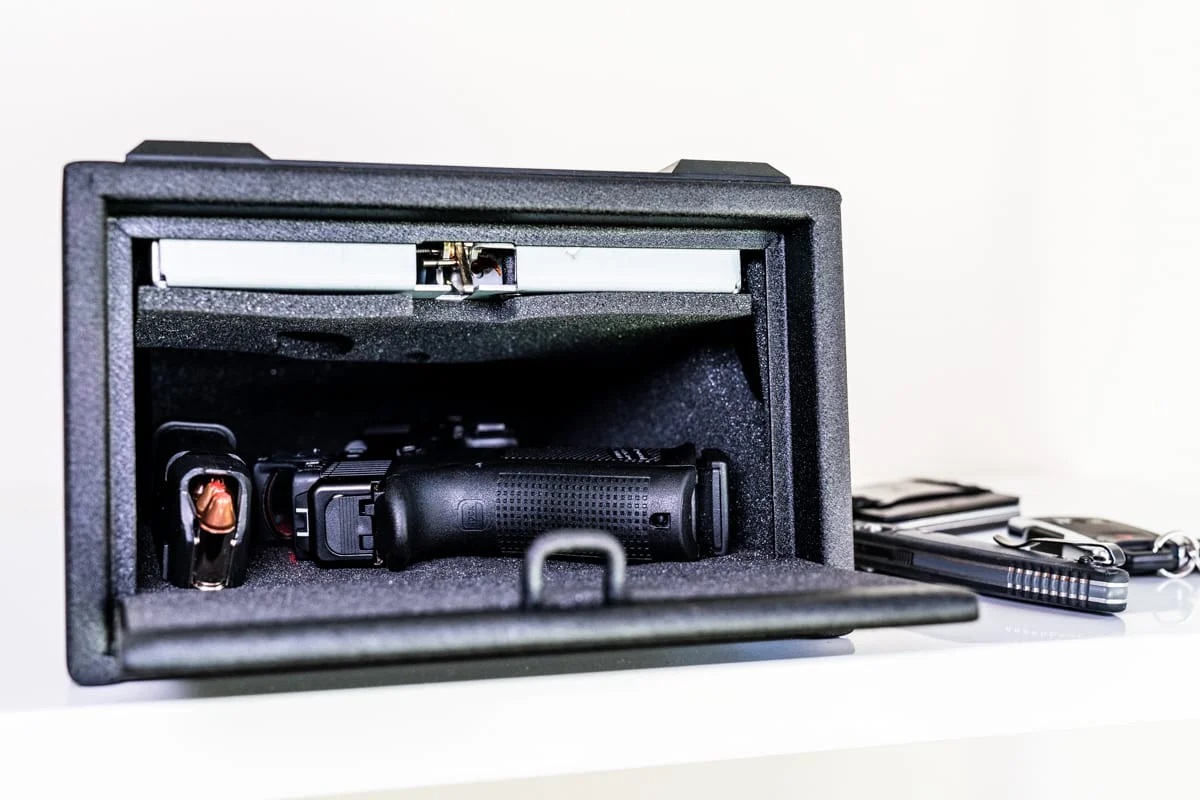Home>Articles>How To Store Sperm At Home For Artificial Insemination


Articles
How To Store Sperm At Home For Artificial Insemination
Modified: December 7, 2023
Learn how to store sperm at home for artificial insemination with our informative articles. Get all the essential tips and guidelines for successful sperm storage and use.
(Many of the links in this article redirect to a specific reviewed product. Your purchase of these products through affiliate links helps to generate commission for Storables.com, at no extra cost. Learn more)
Introduction
Welcome to our comprehensive guide on how to store sperm at home for artificial insemination. In recent years, advancements in technology and the increasing demand for fertility options have allowed individuals and couples to explore alternative methods of conception. One such method is artificial insemination, which involves the introduction of sperm into the reproductive system to achieve pregnancy.
Storing sperm at home for artificial insemination offers several benefits, including convenience, privacy, and flexibility. By having a supply of sperm readily available, individuals and couples can plan their insemination sessions according to their own schedules and preferences. Additionally, it can be a viable option for those who may have difficulty producing a semen sample at a fertility clinic or prefer to avoid the costs associated with professional sperm storage.
However, before embarking on the process of storing sperm at home, it is important to understand the safety precautions and guidelines involved. Ensuring the quality and viability of the sperm sample is of utmost importance to increase the chances of a successful pregnancy.
In this guide, we will walk you through the essential steps of collecting, preparing, and storing sperm at home for artificial insemination. We will discuss different storage methods, including using a home sperm freezing kit, refrigerating the sample, and freezing it for long-term storage. We will also cover the proper techniques for thawing and handling the sperm when the time comes for insemination.
It is crucial to note that while storing sperm at home can be a viable option, it is always recommended to consult with a healthcare professional or fertility specialist before proceeding. They can provide personalized advice based on your specific circumstances and ensure that you follow the proper protocols and guidelines.
So, if you are considering storing sperm at home for artificial insemination, read on to gather the knowledge and insights you need for a successful and safe experience.
Key Takeaways:
- Storing sperm at home for artificial insemination offers convenience, privacy, and cost-effectiveness. However, it’s crucial to prioritize safety, hygiene, and proper storage methods to ensure the viability of the sperm sample.
- Thawing and handling the sperm properly is essential for successful artificial insemination. Consulting with a healthcare professional, following recommended thawing techniques, and maintaining timing instructions are crucial for increasing the chances of a successful pregnancy.
Read more: How To Store Sperm For Later Use
Reasons for Storing Sperm at Home
There are several reasons why individuals and couples may choose to store sperm at home for artificial insemination. Here are some of the common motivations behind this decision.
- Privacy: Storing sperm at home allows for a greater level of privacy and discretion. Some individuals and couples prefer to keep their fertility journey private and find comfort in the convenience of having sperm available within the confines of their own home.
- Flexibility: Storing sperm at home offers greater flexibility in terms of timing and scheduling. Unlike relying on a fertility clinic for fresh sperm, having a supply of stored sperm means that individuals and couples can plan their insemination sessions according to their own preferences and schedules.
- Cost-Effectiveness: Storing sperm at home can be a more cost-effective option compared to professional sperm storage. Fertility clinics often charge fees for sperm storage services, and storing sperm at home eliminates these ongoing expenses.
- Convenience: Storing sperm at home provides convenience, as individuals and couples can have immediate access to sperm whenever they need it. This can be particularly beneficial for those who may have difficulty producing a semen sample on demand at a fertility clinic.
- Experimental Purposes: Some individuals and couples may choose to store sperm at home for experimental purposes. This could involve conducting their own research, participating in studies, or exploring non-traditional methods of insemination.
It is important to note that storing sperm at home for artificial insemination should be approached with caution and consideration. While it offers benefits in terms of privacy and flexibility, it is crucial to follow proper safety protocols and guidelines to ensure the quality and viability of the sperm sample.
In the next sections, we will explore the necessary safety precautions to take and the steps involved in collecting, preparing, and storing sperm at home for artificial insemination. By following these guidelines, you can increase your chances of a successful pregnancy and ensure the well-being of both the donor and the recipient.
Safety Precautions
When storing sperm at home for artificial insemination, it is essential to prioritize safety to maintain the quality and viability of the sample. Here are some important safety precautions to consider:
- Consult with a Healthcare Professional: It is crucial to consult with a healthcare professional or fertility specialist before starting the process. They can provide guidance specific to your situation, ensure that you are aware of any potential risks or complications, and offer personalized advice on the storage and handling of sperm.
- Use Sterile Collection Containers: Use sterile containers specifically designed for the collection and storage of sperm. These containers are typically provided by fertility clinics or can be purchased online. Avoid using regular household containers or improvised options, as they may not be sterile and can compromise the quality of the sample.
- Practice Hygiene: Maintain proper hygiene throughout the collection process. Wash your hands thoroughly with soap and warm water before collecting the sperm sample to minimize the risk of contamination. Make sure that the collection container is clean and free from any substances that may interfere with the quality of the sample.
- Store at Optimal Temperature: Proper temperature control is crucial for preserving the viability of the sperm. If you are using a home sperm freezing kit, follow the manufacturer’s instructions for storage temperature. If refrigerating the sample, ensure that the temperature is set between 2-8 degrees Celsius (36-46 degrees Fahrenheit). If freezing the sample, set the temperature to -196 degrees Celsius (-321 degrees Fahrenheit) using a reliable freezer.
- Label and Date the Containers: Clearly label each container with your name, date of collection, and other relevant information. This will help you keep track of the samples and ensure that you use them in the correct order. It is also a good practice to record the date of storage for future reference.
- Regularly Check and Maintain Storage Equipment: If using a refrigerator or freezer for storage, make sure to regularly check and maintain them. Ensure that the temperature remains stable and that the equipment is in good working condition. In case of any malfunction or unexpected temperature fluctuations, transfer the samples to a backup storage option if available.
- Keep the Samples Secure: Store the sperm samples in a secure location that is out of reach of children, pets, or any unauthorized access. Consider using lockable containers or drawers to ensure the privacy and safety of the samples.
- Backup Storage Option: It is wise to have a backup storage option in case of unforeseen circumstances. This can include having a second freezer, arranging for professional sperm storage at a fertility clinic, or exploring other secure storage solutions.
By adhering to these safety precautions, you can maintain the quality and viability of the sperm sample, minimizing the risk of contamination or damage. In the next sections, we will delve into the step-by-step process of collecting, preparing, and storing sperm at home for artificial insemination.
Collecting and Preparing the Sample
Collecting and preparing the sperm sample is a crucial step in the process of storing sperm at home for artificial insemination. Here’s a step-by-step guide to help you navigate this process:
- Select the Collection Method: There are various collection methods to choose from, depending on your comfort level and convenience. The most common methods include masturbation and the use of a special collection condom or collection device provided by a fertility clinic. It’s important to follow the instructions provided with the collection method to ensure the best possible sample quality.
- Follow Hygiene Practices: Prior to collecting the sperm sample, ensure that you practice proper hygiene. Wash your hands thoroughly with soap and warm water to reduce the risk of contamination. Additionally, ensure that the collection container is clean and free from any substances that may interfere with the quality of the sample.
- Choose a Clean and Private Environment: Find a comfortable and private space where you can collect the sperm sample. This will help you feel at ease and minimize distractions. Creating a relaxed and stress-free environment can contribute to a more successful collection process.
- Maximize Sperm Quality: To maximize the quality and viability of the sperm sample, it’s recommended to abstain from sexual activity, including ejaculation, for at least two to three days prior to collection. This period of sexual abstinence allows for optimal sperm concentration and motility.
- Collect the Sample: Follow the instructions provided with the collection method you’ve chosen. If masturbating, collect the semen directly into the sterile collection container. If using a special collection condom or device, follow the specific guidelines provided with the product. Be sure to ejaculate fully into the container, ensuring that all the semen is collected.
- Cap and Seal the Container: Once the sample is collected, immediately cap the container securely to prevent leakage or contamination. Ensure that the container is tightly sealed to maintain the integrity of the sample during storage.
- Label the Container: Clearly label the collection container with your name, date of collection, and any other relevant information. This will help you keep track of the samples and ensure that they are used in the correct order.
- Allow the Sample to Settle: After collecting the sample, allow it to settle for about 20 to 30 minutes. This will help the sperm separate from any other substances or debris that may have been collected during ejaculation.
- Prepare for Storage: If you are using a home sperm freezing kit, follow the instructions provided by the manufacturer. If refrigerating the sample, transfer the container to the refrigerator within one hour of collection. If freezing the sample, proceed to the next section for instructions on proper freezing techniques.
By following these steps, you can ensure the collection of a high-quality sperm sample that is ready for storage. Remember to maintain proper hygiene throughout the process and to handle the sample with care to minimize any potential risks or damage. In the next sections, we will discuss different storage methods for sperm, including using a home sperm freezing kit and refrigerating or freezing the sample for long-term storage.
Choosing the Right Storage Method
When it comes to storing sperm at home for artificial insemination, it’s important to choose the right storage method to ensure the quality and viability of the sample. Here are a few options to consider:
- Home Sperm Freezing Kit: For individuals and couples who want a reliable and user-friendly option, using a home sperm freezing kit can be an excellent choice. These kits typically include all the necessary components and instructions for properly freezing and storing sperm at home. They provide a controlled environment for freezing the sample and are designed to maintain the integrity of the sperm during the freezing process.
- Refrigeration: Refrigerating the sperm sample is another viable storage option, especially for short-term storage. It involves placing the collection container with the semen sample in a refrigerator set at a temperature between 2-8 degrees Celsius (36-46 degrees Fahrenheit). However, it’s important to note that refrigeration may only keep the sperm viable for a limited period, typically up to 72 hours. After this timeframe, the chances of successful fertilization may decrease.
- Freezing: Freezing sperm is a long-term storage option that can extend the viability of the sample for several months to years. To properly freeze sperm at home, you will need a reliable freezer that can maintain a temperature of -196 degrees Celsius (-321 degrees Fahrenheit) or colder. It is important to ensure the freezer is specifically designed for the storage of biological samples to maintain the viability of the sperm throughout the freezing process.
When choosing the storage method, consider factors such as the duration you intend to store the sperm, your access to the necessary equipment, and your comfort level with each option.
Regardless of the storage method you choose, labeling the containers with your name, date of collection, and any other relevant information is essential. This will help you keep track of the samples and ensure that they are used in the correct order.
It’s worth mentioning that while storing sperm at home can provide convenience and privacy, it’s always recommended to consult with a healthcare professional or fertility specialist before proceeding. They can offer personalized guidance, ensure that you follow proper protocols and guidelines, and address any concerns or questions you may have.
In the next sections, we will discuss the step-by-step process of using a home sperm freezing kit, as well as proper techniques for storing sperm in the refrigerator and freezer.
Consider using a sperm freezing kit, available online or at some pharmacies, to safely store sperm at home for artificial insemination. Follow the instructions carefully for best results.
Read more: How To Store Sperm For Future Use
Using a Home Sperm Freezing Kit
If you’re looking for a convenient and reliable option for storing sperm at home, using a home sperm freezing kit is a practical choice. These kits provide all the necessary components and instructions for freezing and storing sperm effectively. Here’s a step-by-step guide on how to use a home sperm freezing kit:
- Read the Instructions: Carefully read and familiarize yourself with the instructions provided in the kit. Each kit may have specific guidelines and procedures that you need to follow.
- Prepare the Sample: Follow the guidelines we discussed earlier on collecting and preparing the sperm sample. Make sure you have a properly collected and labeled semen sample before proceeding.
- Assemble the Kit Components: Set up the kit as per the instructions provided. This usually involves preparing the freezing medium provided in the kit, which acts as a protective agent for the sperm during the freezing process.
- Place the Sample in the Freezing Medium: Transfer the prepared sperm sample into the freezing medium. Be careful not to introduce any contamination during this process and ensure that the sperm and the medium are well mixed.
- Use the Provided Containers: The kit typically includes specially designed containers for freezing the sperm sample. Transfer the sperm and freezing medium mixture into these containers as per the instructions. Label the containers with your name, date of collection, and any other relevant information.
- Freeze the Containers: Place the labeled containers with the sperm mixture into the freezer compartment of your home freezer. Ensure the freezer temperature is set to -196 degrees Celsius (-321 degrees Fahrenheit) or colder for proper freezing.
- Maintain the Storage: Regularly monitor and maintain the temperature of your freezer to ensure a stable environment for the stored sperm. Avoid frequent opening of the freezer door to prevent temperature fluctuations. Consider having a backup power source or a contingency plan in case of a power outage or equipment malfunction.
- Record the Details: Keep a record of the date of collection and the date of freezing for future reference. This will help you keep track of the viability and shelf life of each stored sperm sample.
- Thawing the Sperm: When you are ready to use the stored sperm, follow the thawing instructions provided in the kit. Thawing process may vary depending on the specific kit you are using. It’s important to follow the instructions carefully to ensure the viability of the sperm sample.
Using a home sperm freezing kit can provide a reliable and controlled environment for storing sperm at home. However, it’s crucial to ensure that you carefully follow the instructions provided and maintain the appropriate freezer temperature throughout the storage period. Consulting with a healthcare professional or fertility specialist can further guide you on the usage and effectiveness of the specific kit you have chosen.
In the following sections, we will explore other options for storing sperm at home, including refrigeration and freezing.
Storing Sperm in the Refrigerator
Storing sperm in the refrigerator can be a viable option for short-term storage. It provides a controlled temperature environment that can help maintain the viability of the sperm sample for a limited period. Here’s a step-by-step guide on how to store sperm in the refrigerator:
- Prepare the Sample: Make sure you have a properly collected and labeled semen sample ready for storage. Follow the guidelines we discussed earlier on collecting and preparing the sperm sample.
- Transfer the Sample to a Sterile Container: Transfer the sperm sample into a sterile and properly labeled container. Ensure the container is clean and free from any substances that may interfere with the quality of the sample.
- Refrigerate at the Appropriate Temperature: Place the container with the sperm sample in the refrigerator compartment with a temperature set between 2-8 degrees Celsius (36-46 degrees Fahrenheit). It’s important to maintain this temperature for optimal storage and to prevent any potential damage to the sperm.
- Maintain the Storage: Regularly monitor the temperature of the refrigerator to ensure it remains within the recommended range. Avoid frequent opening of the refrigerator door to prevent temperature fluctuations. This will help maintain a stable environment for the stored sperm sample.
- Record the Details: Keep a record of the date of collection and the date of storage in the refrigerator for future reference. This will help you keep track of the viability and the recommended storage time for each sample.
- Time Limit for Storage: It’s important to note that storing sperm in the refrigerator is typically suitable for short-term storage, typically up to 72 hours. After this period, the chances of successful fertilization may decrease. If you require more extended storage, consider transferring the samples to a long-term storage option such as a freezer or a professional sperm storage facility.
- Thawing the Sperm: When you are ready to use the stored sperm, thawing it is typically not required if stored in the refrigerator. However, if the sample has been frozen previously, follow the appropriate thawing instructions for frozen sperm samples, as discussed in the next section.
Storing sperm in the refrigerator can provide a convenient and controlled environment for short-term storage. However, it’s important to note that the viability of the sperm may decline after a certain period. If you require longer storage or have specific requirements, consider exploring other options such as freezing the sperm or professional sperm storage facilities.
In the following sections, we will delve into the process of storing sperm in the freezer for long-term storage and the proper techniques for thawing and handling the sperm.
Storing Sperm in the Freezer
Storing sperm in the freezer is a common and effective method for long-term storage. Proper freezing techniques can help maintain the viability of the sperm sample for several months to years. Here’s a step-by-step guide on how to store sperm in the freezer:
- Prepare the Sample: Ensure you have a properly collected and labeled semen sample ready for storage. Follow the guidelines we discussed earlier on collecting and preparing the sperm sample.
- Transfer the Sample to a Sterile Container: Transfer the sperm sample into a sterile and properly labeled container. Make sure the container is clean and free from any substances that may interfere with the quality of the sample.
- Protective Freezing Medium: If available, use a freezing medium specifically designed for the preservation of sperm. This medium acts as a protective agent and helps maintain the integrity of the sperm during the freezing process.
- Divide into Smaller Portions (Optional): If you have a large sample, you may consider dividing it into smaller portions. This allows for easier thawing of the required amount without needing to thaw the entire sample each time.
- Label the Containers: Clearly label each container with your name, date of collection, and any relevant information. This will help you keep track of the samples and ensure they are used in the correct order.
- Securely Seal the Containers: Make sure the containers are securely sealed to prevent any leakage or contamination during the freezing process. This will help maintain the quality and viability of the sperm sample.
- Freeze at the Recommended Temperature: Place the labeled containers with the sperm sample into the freezer compartment of your home freezer. Set the freezer temperature to -196 degrees Celsius (-321 degrees Fahrenheit) or colder for proper freezing. Ensure the freezer is specifically designed for the storage of biological samples to maintain the quality of the sperm throughout the freezing process.
- Maintain the Storage Environment: Regularly monitor and maintain the temperature of your freezer to ensure a stable freezing environment for the stored sperm. Avoid frequent opening of the freezer door to prevent temperature fluctuations. It’s important to have a backup power source or a contingency plan in case of a power outage or equipment malfunction.
- Record the Details: Keep a record of the date of collection and the date of freezing for future reference. This information will help you keep track of the viability and shelf life of each stored sperm sample.
- Thawing the Sperm: When you are ready to use the stored sperm, follow the appropriate thawing instructions. Thawing can be done by transferring the frozen sperm containers from the freezer to a refrigerator set at 2-8 degrees Celsius (36-46 degrees Fahrenheit). Allow the containers to thaw slowly in the refrigerator before use.
Storing sperm in the freezer can provide a reliable and long-term storage solution. However, it’s essential to ensure that you follow the proper freezing techniques and maintain the recommended freezer temperature throughout the storage period. This will help preserve the viability of the sperm and increase the chances of successful fertilization.
In the next section, we will discuss the techniques for proper thawing and handling of the frozen sperm when the time comes for insemination.
Thawing and Handling the Sperm
Thawing and handling the sperm properly is crucial to maintain its viability and increase the chances of successful fertilization during artificial insemination. Here’s a step-by-step guide on how to thaw and handle the sperm:
- Plan Ahead: Before proceeding with thawing the sperm, make sure you have all the necessary equipment and materials ready, including a sterile collection container, a warm water bath, and any additional supplies recommended by your healthcare professional.
- Thawing Process: Start by transferring the frozen sperm container(s) from the freezer to the refrigerator. Allow the container(s) to thaw slowly in the refrigerator for several hours or overnight. Slow thawing helps maintain the integrity of the sperm and increases its chances of survival. Do NOT microwave or expose the sperm to direct heat sources as this can damage the sperm.
- Warm Water Bath: Once the frozen sperm container(s) has thawed in the refrigerator, prepare a warm water bath by filling a container or basin with warm water at body temperature (approximately 37 degrees Celsius or 98.6 degrees Fahrenheit). Make sure the water level is sufficient to submerge the container(s) of thawed sperm.
- Submerge the Container: Carefully take the container(s) of thawed sperm and submerge it in the warm water bath. Keep the container(s) securely sealed to prevent any water from entering and contaminating the sample.
- Monitor the Temperature: Monitor the temperature of the warm water bath throughout the thawing process. Ensure the water remains at a constant temperature, refreshing it if necessary, to maintain the desired warmth. It’s important to maintain the water temperature as close to body temperature as possible during the thawing process.
- Monitor Thawing Progress: Periodically check the container(s) of thawing sperm to observe the progress of thawing. Gentle swirling or agitation of the container(s) can help speed up the thawing process. However, avoid vigorous shaking as it may damage the sperm.
- Assess Sperm Quality: Once the sperm has completely thawed, inspect the sample for any visible changes or signs of damage. Look for clumps, discoloration, or unusual texture. If the sample appears abnormal or compromised, it’s recommended to consult with a healthcare professional before proceeding with insemination.
- Transfer the Sperm: Using a sterile collection container, carefully transfer the thawed sperm to the collection container, ready for use in the insemination process. Be cautious not to introduce any contaminants during the transfer.
- Follow Healthcare Professional’s Instructions: If you are under the guidance of a healthcare professional or fertility specialist, be sure to follow their specific instructions regarding the handling and timing of the thawed sperm. They will provide detailed guidance on the process, taking into account your unique circumstances.
- Timing Is Key: Timing is crucial in artificial insemination. Make sure to follow the recommended time window for using the thawed sperm to optimize the chances of successful fertilization.
Thawing and handling the sperm properly is essential to maintain its viability and increase the likelihood of a successful pregnancy. By following these steps and any additional instructions provided by your healthcare professional, you can ensure that the thawed sperm is in the best possible condition for artificial insemination.
In the next section, we will conclude our guide on storing sperm at home for artificial insemination, summarizing the essential points to remember.
Read more: How To Store Sperm Sample After Vasectomy
Conclusion
Storing sperm at home for artificial insemination offers individuals and couples a convenient and flexible option for their fertility journey. Whether you choose to use a home sperm freezing kit, store sperm in the refrigerator, or freeze it for long-term storage, following the proper steps and safety precautions is essential to maintain the quality and viability of the sperm sample.
By consulting with a healthcare professional or fertility specialist, you can receive personalized guidance based on your unique circumstances. They can provide valuable insights, ensure that you follow proper protocols and guidelines, and address any concerns or questions you may have.
During the process of storing sperm at home, remember to prioritize safety by using sterile containers, practicing good hygiene, and maintaining the appropriate storage temperature. Properly labeling the containers and keeping records of collection and storage dates will help you keep track of the samples and monitor their viability.
When it comes time to thaw and handle the sperm, follow the recommended thawing techniques, keeping in mind the importance of maintaining the sperm’s viability and quality. Adhering to the timing instructions provided by your healthcare professional is crucial for successful artificial insemination.
While storing sperm at home can offer convenience and privacy, it’s important to recognize that it may not be suitable for long-term storage or for everyone’s specific needs. Consider consulting with a healthcare professional or exploring professional sperm storage options for extended storage durations or if you have specific concerns.
Remember, the journey to starting or expanding a family is unique for each individual and couple. Seek support from healthcare professionals, fertility specialists, and support groups to ensure you make informed decisions and receive the necessary assistance along the way.
By following the guidance provided in this comprehensive guide, you can navigate the process of storing sperm at home for artificial insemination with confidence and increase your chances of a successful pregnancy. Good luck on your journey to parenthood!
Frequently Asked Questions about How To Store Sperm At Home For Artificial Insemination
Was this page helpful?
At Storables.com, we guarantee accurate and reliable information. Our content, validated by Expert Board Contributors, is crafted following stringent Editorial Policies. We're committed to providing you with well-researched, expert-backed insights for all your informational needs.














0 thoughts on “How To Store Sperm At Home For Artificial Insemination”